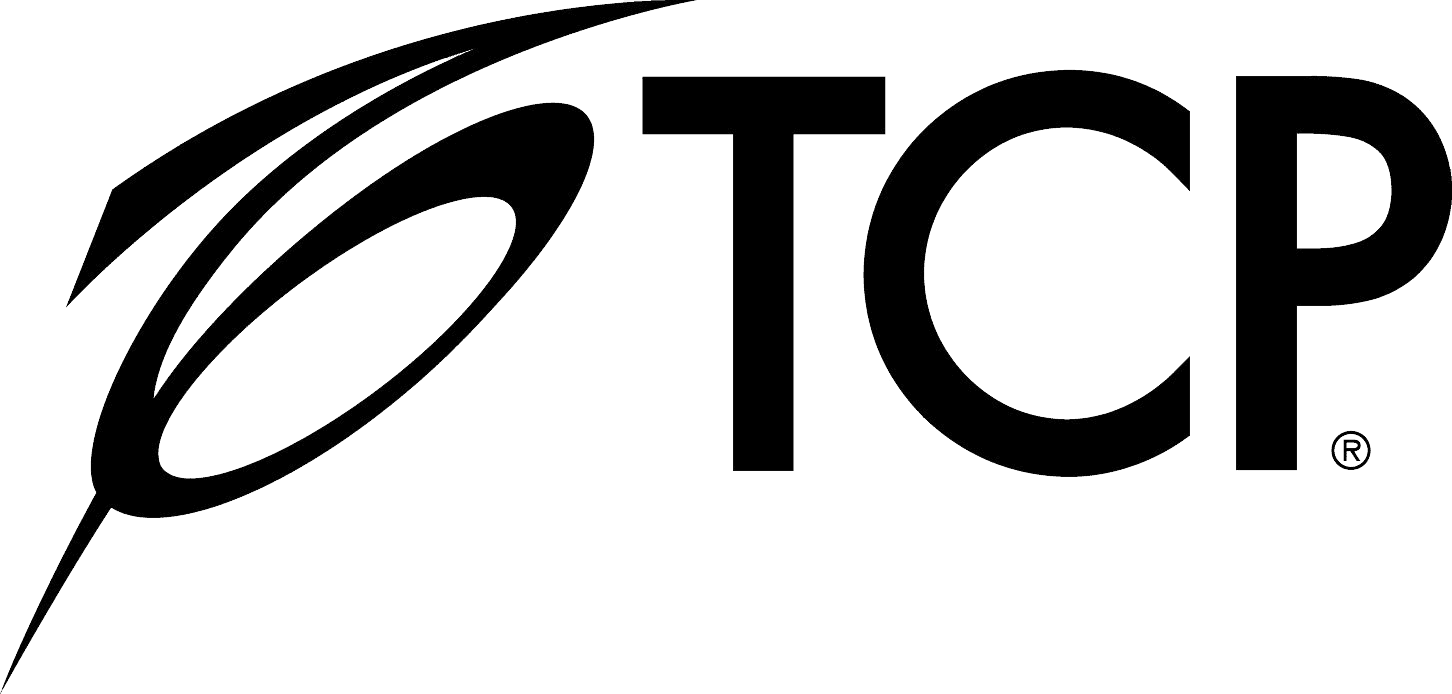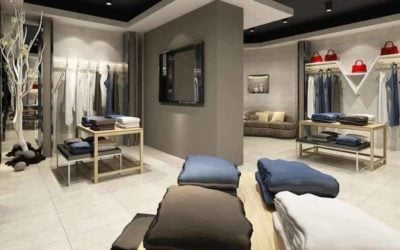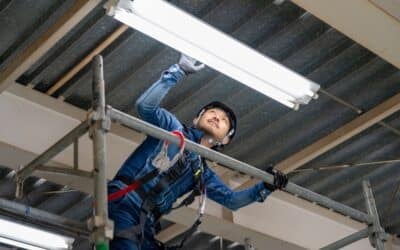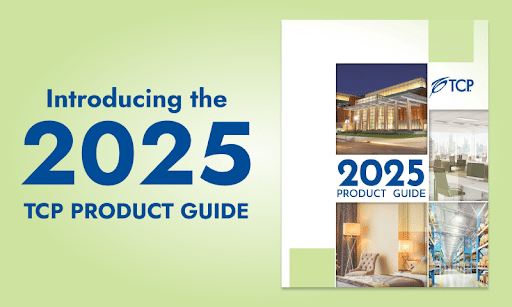Are LED Lights Safe?
As LED lights become the standard for energy efficient lighting, it is natural to wonder about their effects on our health. New technology often comes with conflicting information about benefits and drawbacks.
One of the most common concerns about LED lighting is that they sometimes, depending on the bulb, give off blue light. This is the same blue light that causes experts to suggest we shut our laptops and put down our phones an hour or two before bed.
But how does this affect whether or not LED lights are safe? Read on to learn more about LED lighting safety.
How LED Lights Work
LEDs, or light-emitting diodes, are made of tiny lights formed into an electrical circuit. While incandescent bulbs contain filaments that heat up and burn out, LEDs conserve energy and stay cool to the touch. This is one safety benefit of LED lights–since they stay cool, they pose less of a fire and burn hazard than heat-generating lights like incandescents.
LEDs are known for their energy efficiency, making them the first choice of anyone looking to cut down on overhead or reduce their carbon footprint. Their low energy usage extends their lifespan, which means far fewer bulb changes and lower maintenance costs, too.
The economic and environmental benefits of switching to LED lighting are clear. However, despite these obvious benefits, it is understandable to want to be sure your new LED lights will not be harmful to your health.
Blue Light and Health Risks with LED Lights
So, what is so bad about blue light?
Blue light in itself is not a hazard. In fact, blue light from the sun keeps us alert and awake during the day, which is exactly what it is supposed to do. By receiving blue light from the sun, our circadian rhythm stays healthy and normal, encouraging good sleep and attentiveness during the day.
However, blue light becomes a problem when it is no longer daytime. Blue light from artificial sources, like computer screens, phone screens, and LED lights with cooler color temperatures, can give our brain the impression that it is still daytime. Then, when it comes time to sleep, our bodies are not ready to shut down for the night.
So, while blue light is not inherently bad, too much nighttime exposure can cause poor sleep, which can lead to physical and mental health issues. Not enough blue light can also cause problems. For example, some early research shows a lack of natural light from the sun can cause Seasonal Affective Disorder (SAD). In addition, in commercial settings, insufficient, dim light can pose health and safety hazards caused by low visibility.
Like so many components of health, when it comes to blue light, balance and moderation are key. Interested to learn more about blue light? Read What is Blue Light and how they work.
The blue light from LEDs is safe, but are LED lights harmful to skin?
LED lights do not contain ultraviolet rays and are safe for skin. Some studies have even shown that certain kinds of LED light therapy can be beneficial for skin concerns like acne and scarring.
Safe LED Lighting Applications
LED lights can be safely used in a broad range of commercial and residential applications. Whether you are looking to mimic sunlight for daytime alertness, provide reliable task lighting, or fill your home with warm lighting at night, modern LED technology makes all of this possible.
Commercial LED applications include LED high bay lights for warehouses and other large industrial spaces, linear tube lighting, luminaires, and standard LED lamps.
LED lights typically balance red and blue light. When choosing LED bulbs, look for those on the red side of the spectrum if the lights will be used at night and you are concerned about blue light.
The most useful guideline to use is color temperature. Bulbs with color temperatures below 2700K, often labeled ‘warm white,’ will be warmer light and less likely to throw off your circadian rhythm if used at night.
Choosing lights with a high Color Rendering Index (CRI) is also beneficial. A high CRI indicates less blue light, and also presents colors in a more flattering, true-to-life hue.
Finally, check your lights or ask your manufacturer about the M/P ratio, which will tell you how much blue and red light is present. Look for bulbs with an M/P ratio of 0.4 or lower if your goal is to minimize blue light exposure.
But remember–if your lights will be used during the day, these guidelines are less likely to apply. Research has not found strong risks associated with blue light exposure during daytime. For daytime lighting, mimicking sunlight as closely as possible with bright, white LEDs is the next healthiest option to natural light.
The Safest Light Bulbs from TCP
When shopping for LED lights, be conscious of color temperature if you are concerned about blue light. While blue light is not necessarily an issue during the day, if your lights will be used at night, warm color temperatures will prevent negative health effects.
TCP carries a wide variety of commercial lighting solutions in a range of color temperatures. Brighter daylight-mimicking options keep employees alert and awake during the day, while warmer temperatures keep circadian rhythm regular once the sun goes down.
For assistance designing a lighting system with employee health in mind, contact us today! The lighting experts at TCP are experienced in custom commercial lighting design, and will point you in the right direction for safe, energy-efficient LED lights.
Browse our commercial LED solutions for healthy, safe, and energy-efficient lighting options.







